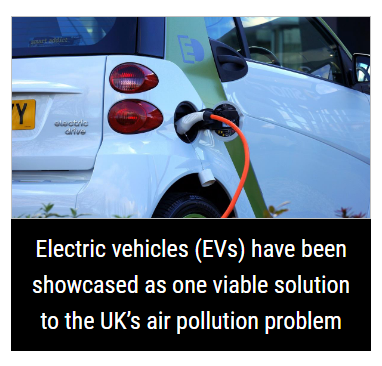Welcome to Sino Bearings web
24x7 HOTLINE:+86-28-81454188

 TECHNOLOGY
TECHNOLOGY
The Road to Zero Strategy set out by the government involves a gigantic expansion of green infrastructure country-wide. The aims to reduce emissions from vehicles currently on the roads and increase the number of zero-emission vehicles are both working towards the target of hitting net zero emissions by 2050.
The benefits of electric vehicles
The benefits of replacing petrol and diesel vehicles are far-reaching, not only for the government but for consumers and the engineering industry alike.
Benefits of EVs for the government
The Secretary of State for Transport has stated:
“The Road to Zero Strategy sets out a clear path for Britain to be a world leader in the zero-emission revolution - ensuring that the UK has cleaner air, a better environment and a stronger economy.”
The prestige associated with achieving ‘world-leader’ status is exceptionally enticing to the UK government, showcased not only in this strategy but in the Net Zero Emissions law passed in 2019.
Benefits of electric vehicles for consumers
Although the costs associated with purchasing an electric vehicle vary, the long-term savings and incentives make them a worthwhile purchase. Not to mention the impact ultra low emmission zones are currently having, and will have, on petrol and diesel vehicle owners.
Industrial benefits of EVs
Innovation is going to be crucial over the coming years. From developing technology that improves the performance of electric vehicles to finding creative ways of incorporating electric vehicle charging stations across the country; multiple industries stand to gain from electrification.
Electric vehicles and the environment
The main driving force behind electrification is the environmental benefits. Road transport is said to account for approximately half of London’s air pollution. Not to mention the levels of noise pollution. Electrification can assist in easing both.
EVs are acknowledged to produce fewer air pollutants and greenhouse gasses throughout their ‘lives’ than current fossil-fuelled cars, largely because fully electric cars do not have a tailpipe. Just one electric car is said to save 1.5 million grams of C02 on average over a year.
Environmental impact of lithium mining for EVs
An essential component of electric vehicles is lithium-ion batteries. Technological advances for these batteries have been a critical component in the success behind electrification. However, some reports suggest that the increased demand for lithium mining is already having a negative impact.
Lithium is found in salt-flat brine and is collected by drilling holes into these flats and pumping brine to the surface before deploying a chemical process to extract the lithium carbonate. A lot of this mining takes place within South America’s Lithium Triangle (Argentina, Chile and Bolivia). Chile is already seeing negative impacts, including depleted local water supply resulting in land becoming barren.
Other side-effects from mining lithium include:
Water pollution
Chemical leakage
Air pollution
The mining and processing of lithium for electric car batteries, along with manganese and cobalt, contributes to the fact that EVs require double the amount of energy to manufacture than conventional vehicles.
While this alone does not stop electric vehicles bearingthe prestigious title of being ‘green’, it certainly makes them less so.
Environmental impact of electric vehicle manufacture
Due to the weight of battery packs, EVs have many lightweight components; the production and process of which require a lot of energy. While it is unclear how much energy is needed due to the different makes and models, it is still worth bearing in mind.
Manufacturing a petrol car is estimated to release approximately 5.6 tonnes of CO2, according to a report from Ricardo consultancy. Comparatively, electric cars release around 8.8 tonnes of CO2 during manufacture.
Electricity sourced from dirty fossil fuels
Following manufacture, electric vehicles do hold the higher ground when it comes to environmental friendliness. Cars that are 100% electrified do not produce tailpipe emissions, making them a much greener solution than petrol or diesel models.
However, questions must be asked regarding what generates the electricity that charges these vehicles. If electricity is produced through the burning of fossil fuels, this essentially negates all the environmental benefits of reduced tailpipe emissions.
Even when the electricity is produced through clean fuels, there are questions surrounding the amount of CO2 emitted from the power plants required to generate the electricity that charges these cars.
Conversely, an EU study suggests that even if the electricity generated does stem from oil, it would still only produce two-thirds of the energy released from a petrol car. While this is indeed an improvement, is it as radical an improvement as is currently being suggested?
What does this mean for the future of electric vehicles?
While there are hidden environmental negatives to electrification, it is clear that there is a fantastic opportunity for the engineering and automotive industries to provide better-designed technology that offers the green solutions we are all looking for.